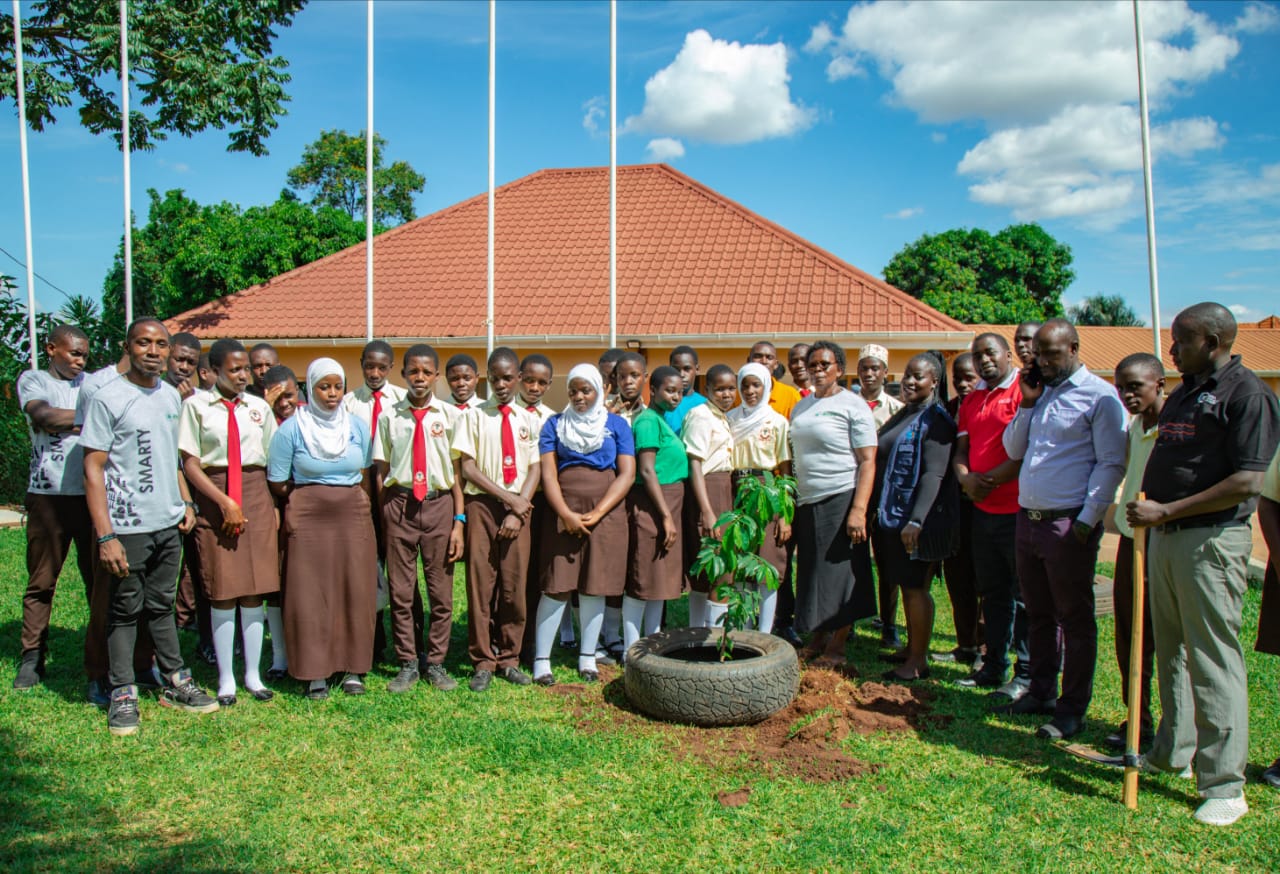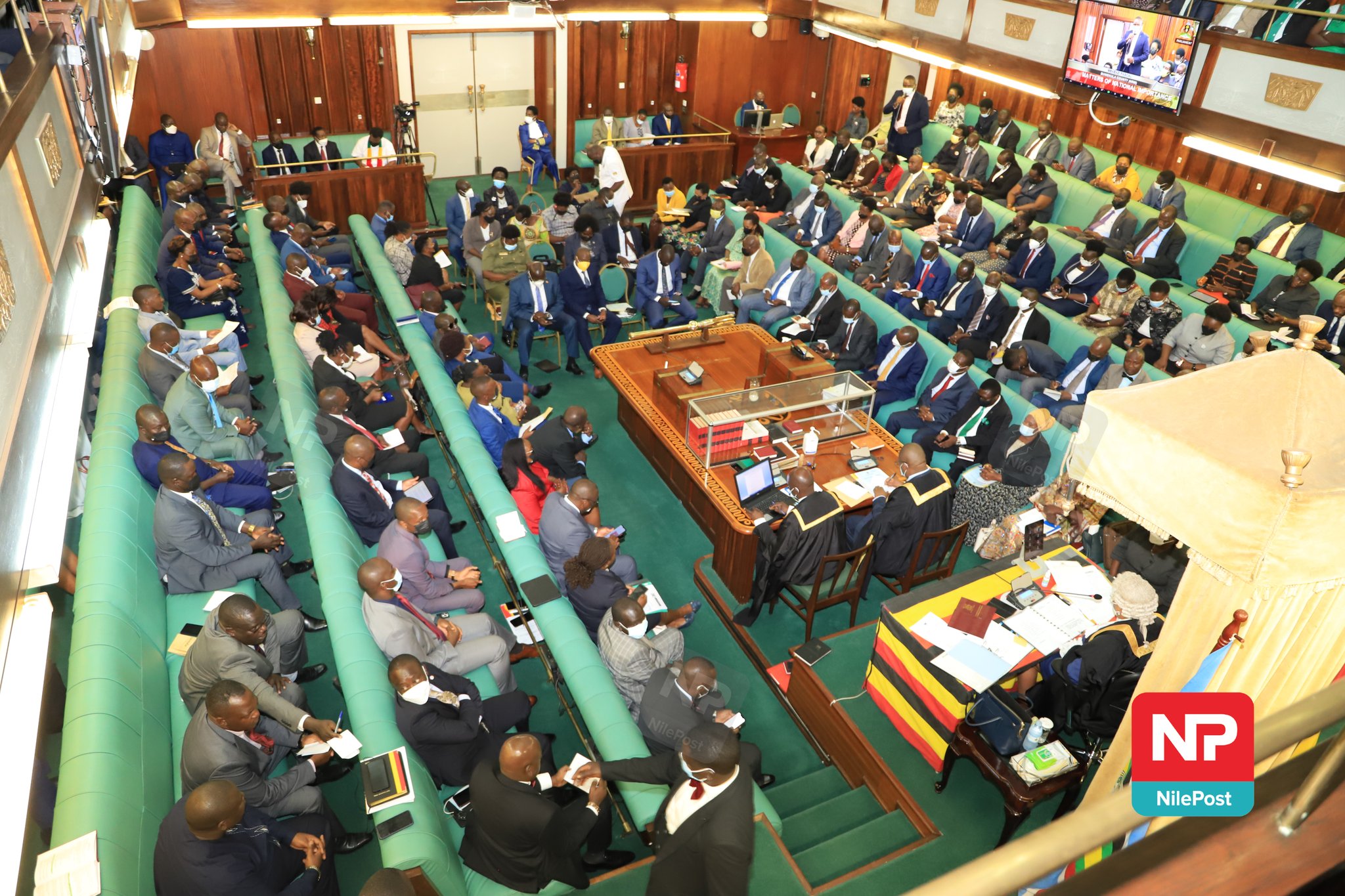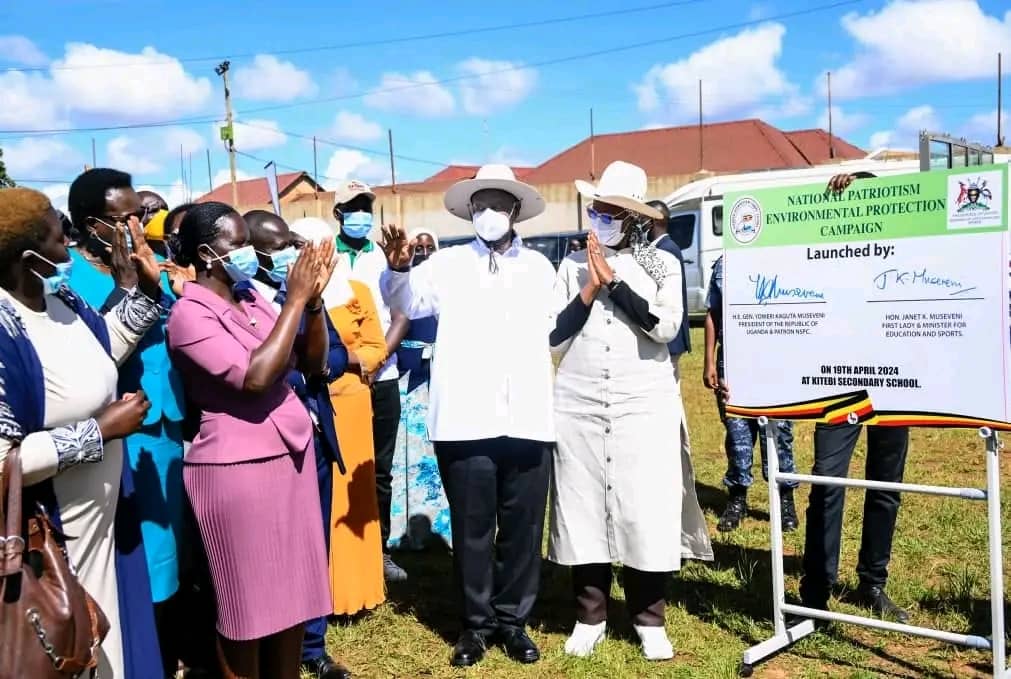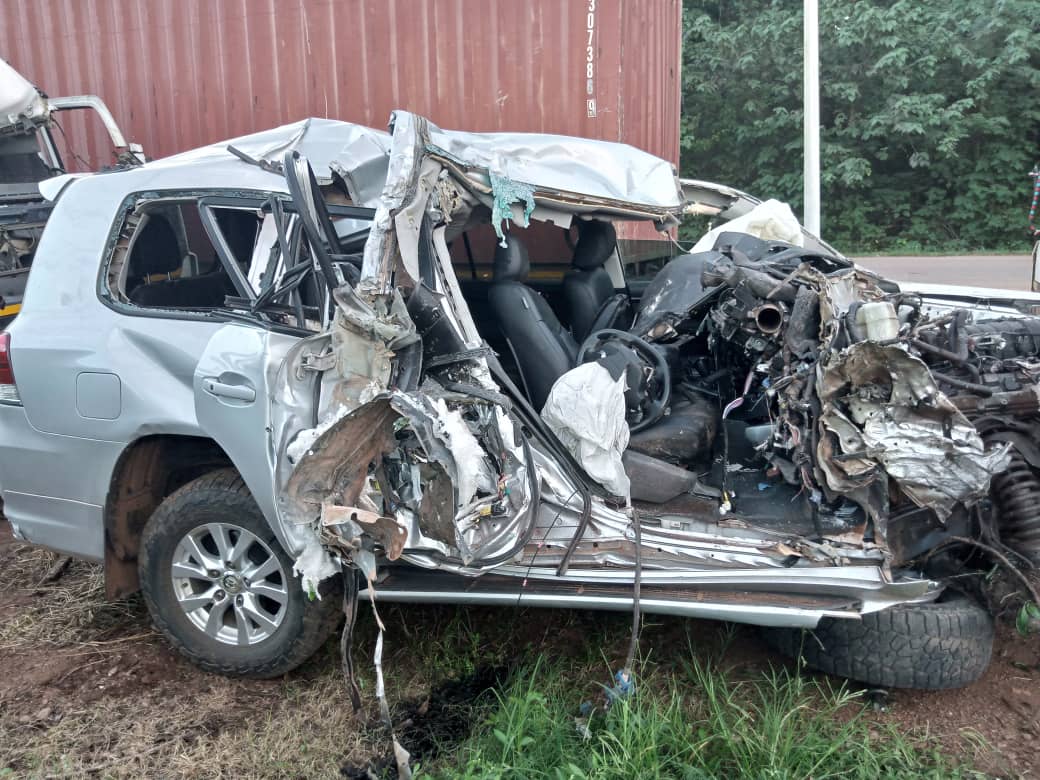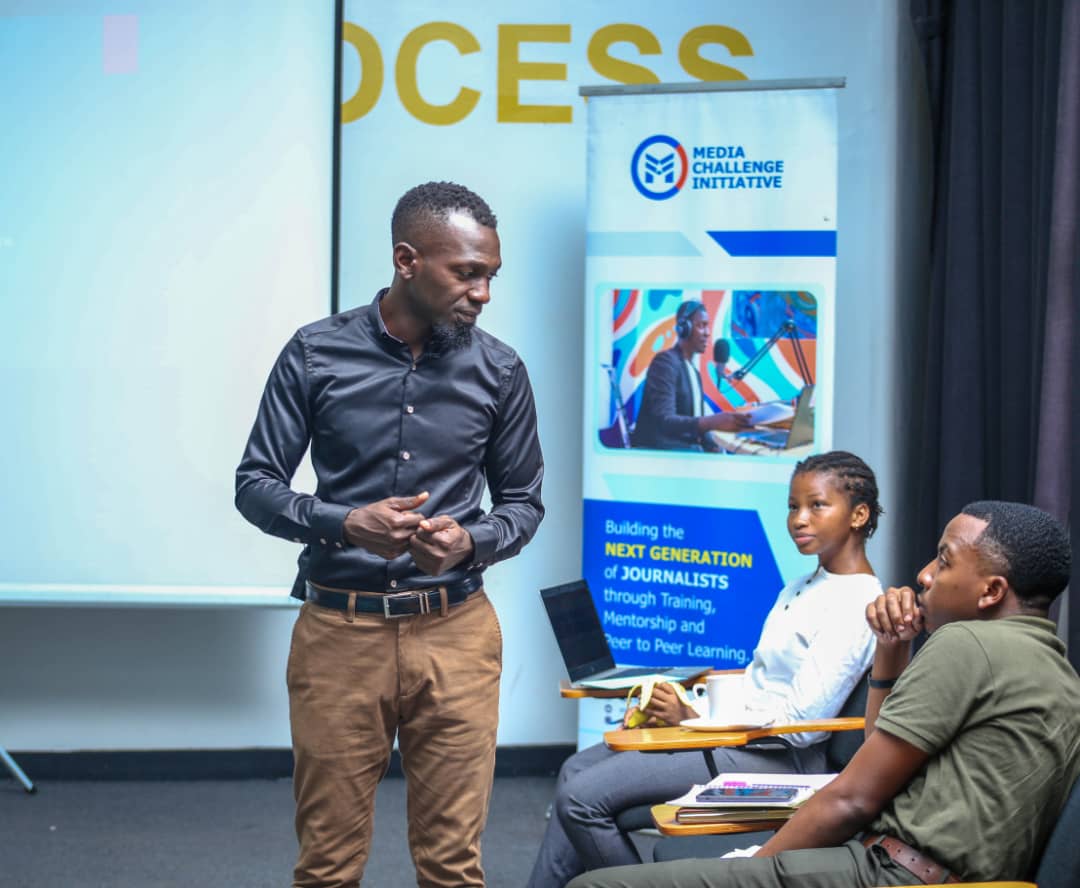A decade later: How the bloody Kampala bombings were planned, orchestrated
On the Sunday of July,11, 2010 as Andrés Iniesta scored an extra time winner as Spain beat the Netherlands, 1-0 for their World Cup title.
In Kampala, a Somali based terrorist outfit, Al Shaabab, simultaneously set off twin blasts at the Ethiopian village restaurant in Kabalagala and Kyadondo Rugby Club at Lugogo.
The attack was the climax of a mission planned by Jabreel Malik Muhammed alias Abu Jabreel, an Al Shabaab commander (killed in US drone attack in 2011) in 2009, two years after the UPDF was deployed in Somalia under the AMISOM.
Saturday July 11,2020 was the 10th anniversary of the bloody incident that befell Uganda.
According to one of the architects of the bombings, 37 year old Mahmoud Mugisha, he was lured into joining the war against “infidels” when he was taken to Somalia where he trained in Kismayo and Barawe camps for Al Shabaab.
Mugisha, fled Rwanda in 1998 for fear of the resumption of the 1994 genocide to settle in Nakivale refugee camp. He later moved to Nairobi in 2008.
While testifying in court as a state witness, Mugisha said that whoever entered the Al Shabaab training camps automatically became a member of the terrorist outfit.
“In the camp, you were asked to present your proper documents to the leader and asked to drop your proper names for a pseudonym. To prove that a member was loyal to the group, they had to go to the frontline and fight without retreating. The group also had a rule that whoever was caught trying to escape would be beheaded,” he said.
In the camp, Mugisha found one Issa Luyima, the man on whom everything in the mission rotates around.
Mugisha was later sent to do reconnaissance at the American embassy in Kampala and other “strategic areas" including Capital Pub in Kabalagala .
He was later arrested in April 2010 at the Malaba border as he rode together with a colleague in a Toyota Land cruiser that had the explosives but Mugisha was singled out for having a forged Ugandan passport.
His colleague, Sereman Hijjar Nyamandondo continued with the journey up to Kampala before handing the explosives to Luyima.
Idris Nsubuga, a former librarian at Islamic University in Uganda said he was also unknowingly lured to join the group by the cunning Issa Luyima.
He was told he would be assisted in his other businesses.
“I was misled and manipulated into joining the mission that led to death of such a big number of people,” Nsubuga who was sentenced to 25 years imprisonment told court.
Final reconnaissance
Nsubuga told court that on Friday July,8 2010, three days to the fateful day, he met with Isa Luiyma at Prime Complex in Kampala and told him they were waiting for money to be used for the mission.
He said that later together with Hassan Haruna Luyima( brother to Issa Luyima) they went to Mutaasa Kafeero Plaza where they brought 2 phones; a Nokia 3510 and MTN Kabiriti that were later used for the mission and the group separated into two to make final reconnaissance for their planned targets.
“I moved out with Murta(Somali) while Hassan moved with Kakasule( Kenyan) but both groups moved after an interval of 10 minutes. Hassan and Kaka went to Ethiopian village and Makindye House whereas we went to Kyadondo Rugby Grounds where it was easy to enter because there was no security at all, though there were revelers. We then moved around the whole place to survey it,”Nsubuga told court in 2015.
D-day
Nsubuga told court that the group first prayed before proceeding for the mission.
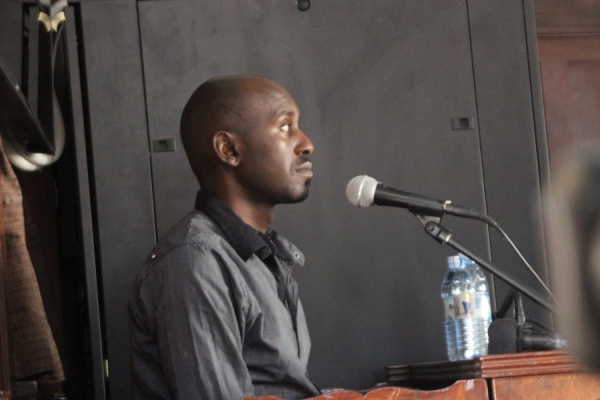 Idris Nsubuga testifying in court
Idris Nsubuga testifying in court
He narrated that entering the venue was easy as there were no security measures but found there barricades behind the bar where were big screens had been put for revelers who had to first pay for a drink before being allowed to enter and watch the finals.
According to Nsubuga, the chance availed itself when scuffle ensued during the first half break and they entered as police was trying to calm the situation.
“My colleague then smiled as he set his watch to 11:15pm. I gave him thumbs up and said salama and he replied. We then parted.”
Nsubuga narrated, “I went to the entrance as I talked to the askari waiting for the agreed time to come but all this time I was panicking. At 11:15pm there was a blast but people around claimed it was a transformer. I then detonated my bomb and saw people scampering for their dear lives. I then jumped onto a bodaboda and took off up to the old taxi park where I got a taxi up to my home.”
Consequently, the twin blasts left 76 people dead and many others maimed with injuries that are still visible, 10 years later.
In 2016, seven men convicted of masterminding the 2010 bombings were each handed life sentences by the High Court in Kampala.
The men—four Kenyans, two Ugandans and one Tanzanian—faced a potential death sentence but the now acting Chief Justice, Alphonse Owiny-Dollo said he didn’t believe that death row “would bring closure to the Ugandan society”.


